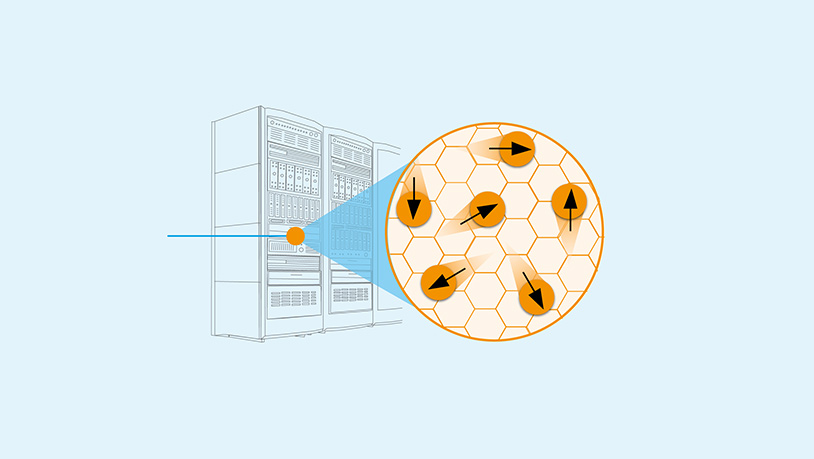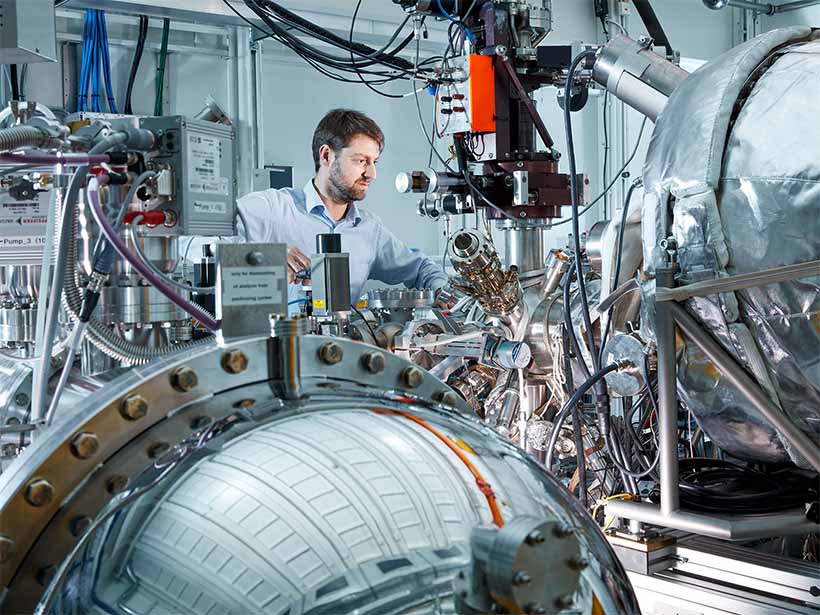
Accelerate progress
The X-ray light source PETRA IV is being built at DESY in Hamburg. The new facility offers unique analysis possibilities worldwide and zooms deep into materials of all kinds.
Scientists from all over the world will conduct their experiments at PETRA IV, which are only possible at this facility globally. A fundamentally new view of the world around us is emerging. This will lead to a new quality of approaches to solving society's pressing questions.
PETRA IV will enable improved methods for studying complex processes in nature and technology in real time and under realistic operating conditions.
For the first time, researchers will then be able to illuminate individual objects on the nanometre scale and record the structure, energetics and function of molecular units in materials and cells under realistic conditions. PETRA IV can thus contribute to the development of materials and technologies of the future. This promises new perspectives for basic research and high technology.
“We in Hamburg, Germany and Europe need PETRA IV. There is no comparable research facility in Europe. With PETRA IV, Europe can keep up with the USA and China in international competition, or even take the lead.”

What is PETRA IV?
The new large-scale research facility PETRA IV designed by DESY is a 4D X-ray microscope that will surpass everything that has gone before in terms of brilliance and performance. PETRA IV is an ultra-modern, fourth-generation synchrotron radiation source that will be created by converting the existing PETRA III facility. Electrons travel at almost the speed of light in the 2.3 kilometre long accelerator ring.
“PETRA IV will be the world’s best fourth-generation synchrotron radiation source.”
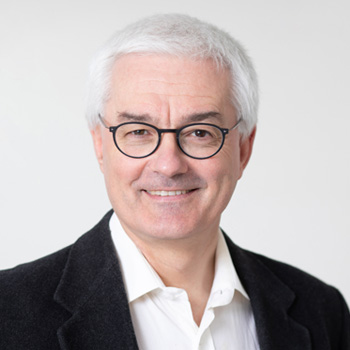
With a circumference of a good two kilometres, PETRA IV offers decisive advantages when it comes to focusing X-rays. The emittance - a measure of how strongly the generated X-rays can be focussed - will be exceptionally low.
“PETRA IV will be the world-leading machine with an emittance smaller by a factor of two compared to the next generation projects.”
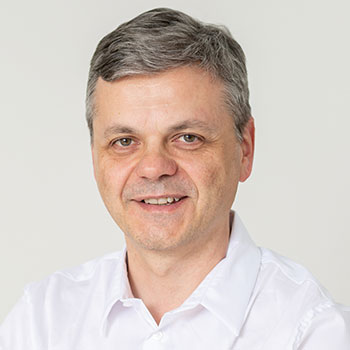
PETRA IV: A new era in materials and drug research
PETRA IV follows the principle of ‘Observe, Design, and Control’ - a methodology that combines basic and applied research:
Observe:
Investigation of the relationship between the structure and function of materials and processes in their natural environment.
Design:
The insights gained enable the targeted development of new materials, drugs, and processes.
Control:
Precise control of these processes enables innovative technologies and medical advancements.
Enabling innovative technologies
-
Materials for sustainable batteries
-
High-efficiency catalysts for producing hydrogen
-
Tailor-made materials for quantum technologies
-
Development of new drugs
The project team
The conversion of PETRA III into a fourth-generation X-ray light source is being led by an experienced team:
- Wim Leemans, DESY Director for the Accelerator Division and Authorised Representative of the Directorate for PETRA IV
- Harald Reichert, physicist and former research director of the European Synchrotron Radiation Facility (ESRF), now PETRA IV project leader
- Ricardo Bartolini, DESY scientist and project manager for the PETRA IV accelerator
Together they tackle the technically demanding tasks.
Research campus of the future
DESY’s research infrastructure already offers unique opportunities for investigation and experimentation to achieve advances in innovation, technology and medicine. Numerous university institutes and research facilities have settled on the campus. In addition, further new facilities, centres and research buildings are to be built around the DESY campus by 2040.
PETRA IV will be a central large-scale research facility in the future Science City Hamburg Bahrenfeld.
Accelerating careers
Some 3000 DESY employees work at DESY in a wide variety of occupations. Even now, DESY offers a large number of challenging scientific and non-scientific positions with very good career opportunities in connection with implementing the large-scale PETRA IV project. Please feel free to apply online.

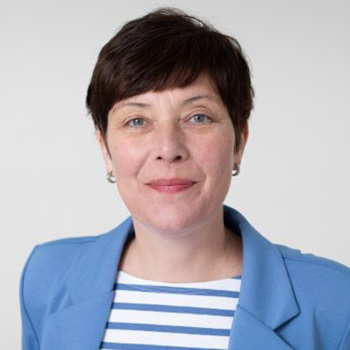
Heidrun Hillen
I am happy to answer your questions about PETRA IV.
Further research topics

Healthcare
How can diseases be better tackled?

New materials
How can we save resources?

Energy
How can we make more resilient materials?

New technologies
What do we need for the digital world of tomorrow?

Earth and the environment
How do we preserve our ecosystems?

Cultural heritage
How can we preserve our cultural treasures?



